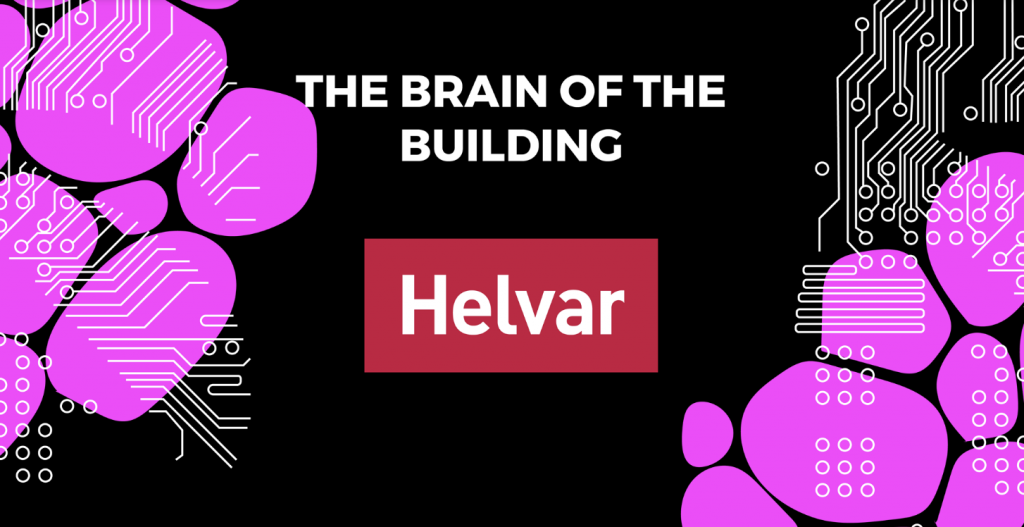Omar Nasir, Data Scientist
Electricity helps us to function day and night. Indoor lighting nowadays is ubiquitous and easy. Until quite recently lighting was not taken for granted: maintaining candles and oil lamps and paraffin lamps was a labour-intensive and often dangerous chore. In modern buildings, few people notice a room or space light up when they enter. This ‘responsive’ lighting is based on a collection of rules, like classic computer code.
Rules of control: which lights?
Deciding the rules for automatic control of lighting might sound simple.
Try to decide which lights should be switched on when someone:
- comes into a meeting room;
- walks down a corridor to get their coffee;
- reads a book while sitting at a desk in a library.
These might seem simple to answer, particularly as lights are grouped to behave as a “single unit”. It should also be simple to decide “delay times”, or how long a system waits before dimming or switching off the lights.
Try to decide when the lights should dim or go off when:
- the last person leaves the office after a meeting;
- someone pops out of their office for a coffee, forgets their phone, comes back in for 20 seconds, and then leaves again.
Do the lights go off instantly, to save energy? Will this annoy other people in the office, especially if lights are going on and off at short intervals? Do the lights remain on for a longer time, and for how long? Which groups of lights are affected?
Even with basic grouping and timing, the matrix of possibilities is not simple. Smart, flexible lighting control needs sets of rules that are highly complex. Writing and editing these rules requires considerable expertise, involving years of specialist experience and training. And time. And cost.
No programming?
What if a human doesn’t have to write the control rules? Can we develop a self-learning system? Can a system understand how an indoor space is being used, and group lights according to its usage patterns?
Now try to answer these questions:
- If the lights in a meeting room demonstrate a collective pattern which is easily discernible from the corridor outside it, is it reasonable to assume these lights belong to one group?
- Should the corridor lights stay on when the meeting room lights are on?
- If you are last to leave your smartly lit house at 8 a.m. every weekday, can the system learn to predict this, and adjust the dimming delay times?
- How does the system control the lights in an open-plan office, saving energy and keeping the space properly lit?
ActiveAhead and Artificial Intelligence
Answering questions like these require a user-centric framework and one that is part of A.I. systems that increasingly control our built spaces.
At Helvar, we have developed a system which automatically and constantly monitors how a building is used, and controls the lighting accordingly, in different ways in different spaces and at different times.
Intelligence, automation … autonomous?
ActiveAhead exhibits intelligence and represents a dynamic shift from traditional lighting control systems. Is it possible to advance these automated models to develop a truly self-learning lighting system? Watch this (lit) space.
How smart can a building be?
This year we are taking part in one of the biggest developer, designer and techy gatherings in Europe to … create. In Junction 2018 event, we challenge industries best brains to work on the smart buildings: with machine learning and AI, can one build a completely new brain of the building? We will see it all on 23th November in Helsinki, Finland.

